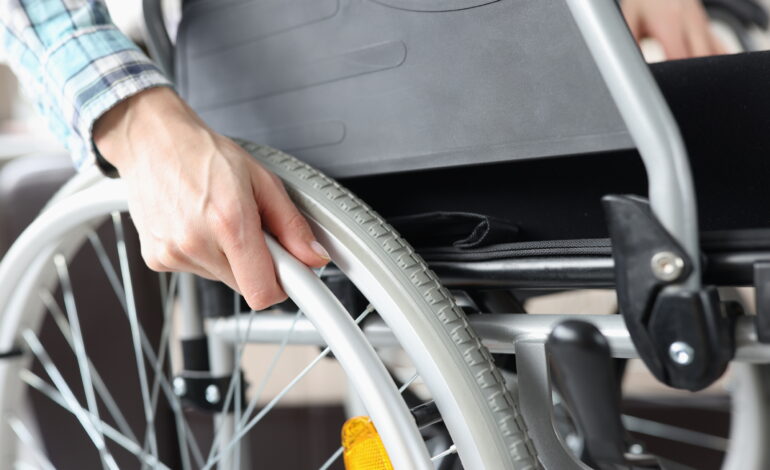Generalized Paralysis and its Various Forms.
Paralysis is the loss of muscle function in the body. Paralysis is sometimes temporary and in a few cases, it is permanent. Paralysis is often a side effect of a stroke or a cancerous tumor pressing against the brain or spinal cord. In most cases, it is also when the body sustains serious injuries to the back of the brain.
Paralysis can be generalized or localized, and partial or complete. Generalized paralysis is a group of conditions that affects multiple body parts. Generalized paralysis is caused by extensive injuries, like dama to the spinal cord.
Forms of Generalized Paralysis
The forms of generalized paralysis are based on the areas affected. The forms are :
- Monoplegia: It is a type of paralysis where the person loses control over one limb. Often the paralysis is limited to certain muscles in an arm. Monoplegia is often the side effect of cerebral palsy, the brain loses the ability to control certain muscles of the body. A patient suffering from monoplegia can perform his/ her daily tasks as they gradually learn several ways to work around the symptoms of the condition.
- Hemiplegia: Hemiplegia is a condition caused by brain damage or spinal cord injury that leads to paralysis of one side of the body. It causes weakness, problems with muscle control, and muscle stiffness. The degree of hemiplegia symptoms varies depending on the location and extent of the injury. Hemiplegia is non-progressive. Once the disorder begins, symptoms don’t get worse. With proper treatment, it is possible to improve the symptoms of hemiplegia.
- Paraplegia: It is a form of generalized paralysis that mostly affects the movement of the lower body. It occurs when an illness or injury impacts the part of the nervous system which controls the lower half of the body. In some cases paraplegia affects only one leg, that is called incomplete paraplegia. People with paraplegia are able to regain some functioning with physical therapy, which works to retrain the brain and spinal cord to work around limitations while strengthening muscles and nerve connections.
- Quadriplegia: Quadriplegia, which is often referred to as tetraplegia is paralysis below the neck. All four limbs, as well as the torso, are typically affected. Quadriplegia is a temporary condition due to brain injuries, stroke, or temporary compression of the spinal cord nerves. The most common causes of spinal cord injuries include automobile accidents, acts of violence, falls, and sporting injuries, especially injuries due to contact sports such as football. Traumatic brain injuries can also cause this form of generalized paralysis. Some quadriplegics spontaneously regain some or all functioning, while others slowly retrain their brains and bodies through dedicated physical therapy and exercise.
In all, a treatment plan and outlook for the condition will depend on the underlying cause of paralysis, as well as symptoms experienced. Technological innovations and therapeutic interventions may help in the maintenance of independence and quality of life. Our caregivers are also available to help you with more information on how to maintain paralysis.
We Are Social On:

Recent Comments